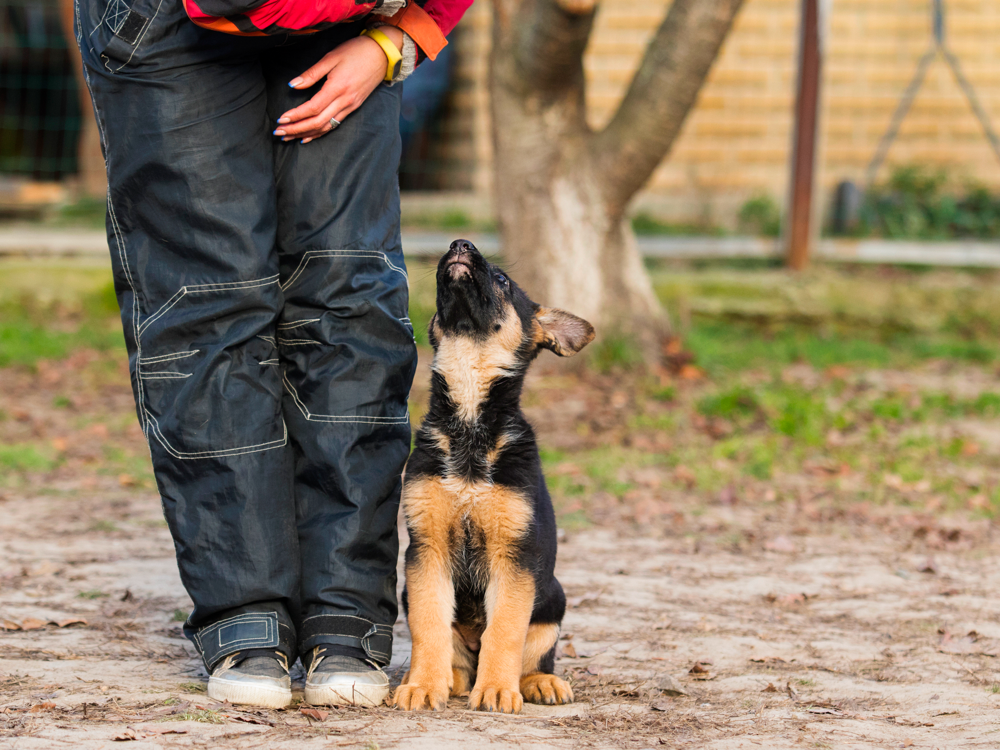
Providing obedience training is one of the most important parts of sensible dog-raising and it shapes and balances the fine link between the canonical spirit and human society, making both aspects acceptable to each other. Sit-on-command training is a comparatively easy one to handle by both the dog and its owner. Sit on command is often taken as one of the primary steps towards training your dog about obedience, and acts as a base for the dog to develop and learn more advanced forms of obedient training.
The training makes your dog look good and admirable near the guests as this prohibits him from jumping on them to greet them. The best time to start sit command training is when your dog is still in his puppyhood as that is the time when the lessons have a long-term effect on the dog’s mind and life. That is the reason why it is important for you to build a special bond of affection and trust from the very beginning with your puppy which will strengthen the invisible bond of trust, love, confidence, and obedience in him for his master.
It is advised that a small room is required for this training with little distractions etc. You can choose any time of the day to start this training. It is important to keep in mind the following factors while teaching your dog sit and command:
- It is important for your puppy to grow fondness, dependency, and loyalty towards you which would again depend upon how to treat him since his puppyhood and how you instill lessons in his mind with positive reinforcement, by teaching him the way to ‘sit on command’.
- Owners should understand the fact that puppies cannot be expected to stick to one kind of game for a longer period of time and hence the sit-on command training should not be an elongated one, to make the puppy feel confined and tired in the process. Rather, the process should be a fun-filled one to make the puppy enjoy the same.
- It is better to be consistent yet informal with the training so that your dog does not take it as a burden and become lethargic. The most important thing to keep in mind is that as an owner make sure that your dog is understanding what you are asking him to do for you.
- Use of a particular word or response like ‘sit’ can be used which would make your dog associate the sign or the sound with the sitting position. It is important for the owner to relate the sitting position with some rewards and activities that a dog likes to do.
- It is better if you teach your dog to sit on command followed by providing him his favorite treat or giving him food. In another case, do not forget to treat him with a reward as soon as he understands your command and sit. However, it depends from owner to owner about what responses, words, and positive reinforcement tactics they use to fulfill this training purpose.
- Have realistic expectations from your dog as he tends to take time to grasp your command and act accordingly. Positive reinforcements like rewarding him frequently for understanding and acting on your command provide wonderful motivation and fasten the learning process.
- Apart from applying positive reinforcement, the owner or the trainer should be patient, consistent, and repetitive about the training process and should give time and space to the dog to adopt the training lessons.
Last but not the least, deter from punishing your puppy for slow or no progress, as dogs hardly have a sense of reason or time and hence tend to get baffled and confused when they are treated badly.

 How to Teach Your German Shepherd Dog to Come on Command
How to Teach Your German Shepherd Dog to Come on Command